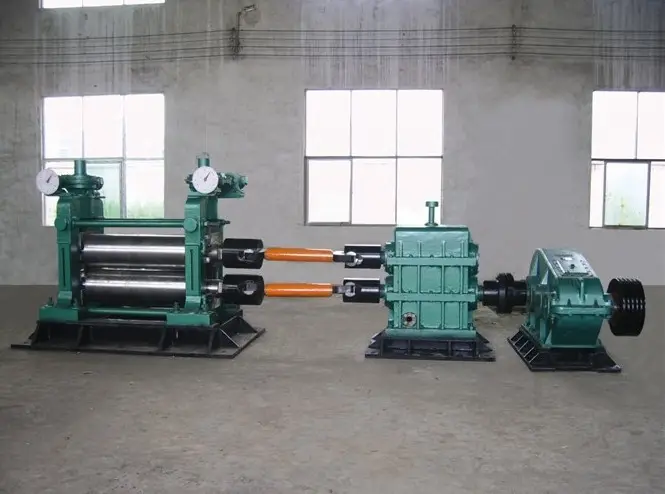Company new
The main factors affecting the fluctuation of rolled product thickness
The main factors affecting the fluctuation of rolled product thickness come from both the workpiece and the rolling mill in the steel production process.
On the rolling mill side, factors influencing plate thickness primarily include the eccentricity of supporting rolls. This eccentricity results in periodic variations in the roll gap with each revolution of the rolls. Additionally, factors on the mill side include the elastic deformation of the rolling mill's working stand and changes in the roll gap due to thermal expansion and wear during the rolling process.
Regarding the workpiece, factors affecting plate thickness include variations in steel strip tension, different slab thicknesses, and deformation resistance.
The study of the rolling process involves theoretical analysis through the elastic curve. According to the rolling mill's bounce equation, the thickness of the workpiece during rolling is primarily determined by four factors: rolling pressure, idle roll gap, the longitudinal stiffness coefficient of the rolling mill, and the thickness of the bearing oil film. Therefore, whether analyzing factors influencing workpiece thickness or discussing the principles of plate thickness, it is necessary to start with an analysis of these four factors.

The aforementioned influencing factors lead to changes in the work roll gap during steel strip rolling, affecting the longitudinal deviation of the plate thickness in the rolling mill. In practical rolling processes, these factors do not act in isolation but often work simultaneously. Therefore, when controlling steel thickness in rolling, it is essential to consider the combined impact of various factors.
Categories
Latest News
Contact Us
Contact: Ed Lee
Phone: +86 13613237999
Tel: +86 13613237999
Email: lihaoye@chinarunhao.com
Add: Runhao steel rolling machinery, dalinggongzhuang village, Fengrun District, Tangshan City, Hebei Province
 Ed Lee
Ed Lee